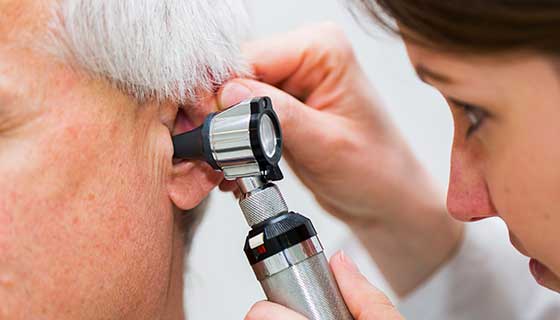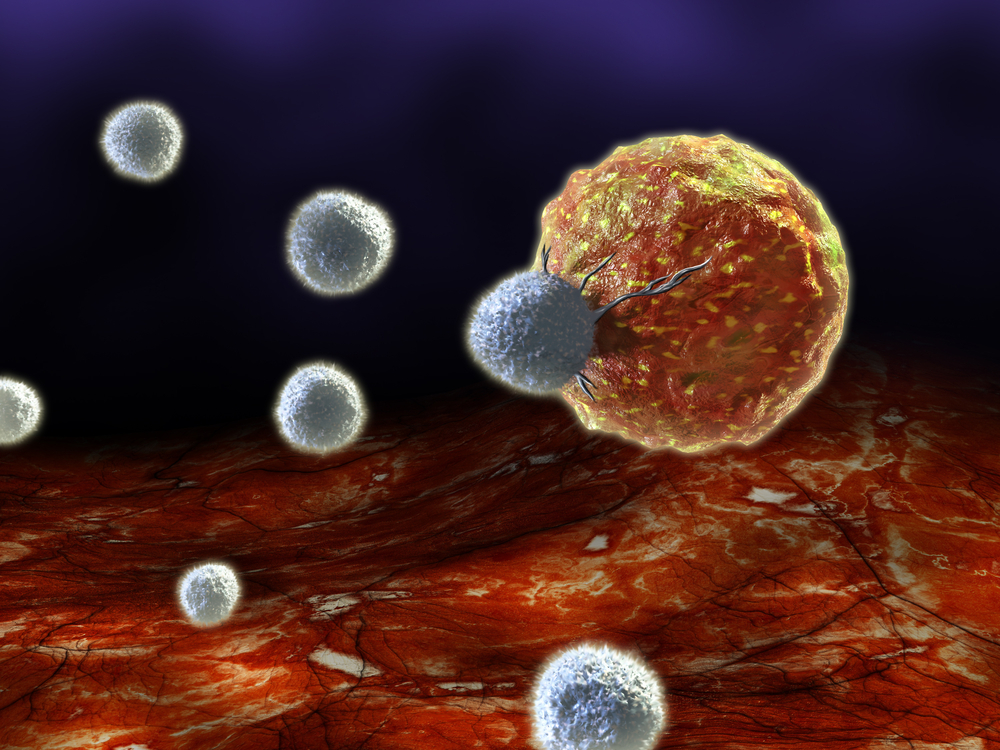Living with chronic pain is a difficult reality for many people. While there is no one-size-fits-all solution, there are various treatments available to help manage and reduce the effects of chronic pain. This article will discuss the top options patients have for chronic pain treatment so they can make an informed decision about the best approach for themselves.
The First Step: Finding The Cause
Finding the cause of chronic pain is essential to treating it effectively. Without a clear understanding of the underlying cause, it is impossible to create an appropriate and effective treatment plan.
Chronic pain can often be caused by a range of factors such as an underlying medical condition, injury, or a combination of both. Therefore, it is important to find the cause of chronic pain in order to determine the best course of action for treating it. Treatment plans tailored to the individual will help to relieve pain and improve quality of life. Additionally, uncovering the cause of chronic pain can help to prevent it from returning in the future.
This type of unceasing pain is pain that lasts for an extended period of time, usually lasting for more than three months. It can be caused by a wide range of conditions, from arthritis to fibromyalgia, and can be felt in different parts of the body.
Some of the common sources of chronic pain can be:
- Neuropathic Pain: Pain caused by nerve damage or dysfunction
- Musculoskeletal Pain: Pain caused by damage to muscles, tendons, ligaments, bones, or joints
- Fibromyalgia Pain: Pain caused by changes in the central nervous system, painful points around the body, and fatigue
- Post-Traumatic Pain: Pain caused by an injury or trauma
- Migraine Headache Pain: Pain caused by a combination of factors, including changes in the brain, genetics, hormones, and environmental triggers
- Phantom Limb Pain: Pain caused by the sensation that an amputated limb is still present
- Arthritis Pain: Pain caused by inflammation in the joints
- Cancer Pain: Pain caused by the growth and spread of cancer in the body
- Post-Surgical Pain: Pain caused by an operation or procedure
Some common types of chronic pain include musculoskeletal pain, which can be caused by joint damage or strain; neuropathic pain, which is caused by nerve damage or malfunction; and visceral pain, which is caused by damage to the organs. Other types of chronic pain can include headaches, abdominal pain, and pelvic pain. No matter what type of chronic pain a person is experiencing, it can be debilitating and have a significant impact on their quality of life.
Treating Chronic Pain With Physical Therapy
Physical therapy is an effective method for treating pain because it focuses on strengthening the body and reducing inflammation. Physical therapists use a variety of techniques such as stretching, manual therapy, and exercises to reduce pain and improve mobility.
- Stretching and strengthening exercises
- Therapeutic ultrasound
- Electrical stimulation
- Hot and cold therapy
- Massage
- Manual therapy
- Orthotics and assistive devices
- Aquatic therapy
- Taping techniques
- Balance and coordination exercises
- Ergonomic and work-related modifications
The physical therapist will also make recommendations for lifestyle changes to help reduce pain and improve overall health. Physical therapy is a great way to treat pain because it helps to reduce the need for medications, and it is a safe and non-invasive approach.
In many cases, all a patient has to do is lose weight in order to find relief from their pain. This is one instance where medically-assisted weight loss and physical therapy combined can make a world of difference.
Treating Chronic Pain With Massage Therapy
Massage therapy can be an effective way of treating chronic pain. By utilizing various massage techniques, massage therapy can help to relax tight muscles, reduce tension, and improve the overall functioning of the body.
Some of the key benefits of massage therapy are:
- Relieves Stress and Anxiety Massage therapy can help in reducing stress, anxiety and depression by calming the nervous system and releasing endorphins.
- Relieves Muscle Tension and Pain Massage therapy can help in relieving muscle tension and pain, which can be caused by chronic conditions such as fibromyalgia, arthritis, and other conditions.
- Improves Mobility and Flexibility Massage therapy can help in improving mobility and flexibility by loosening tight muscles, which can make it easier to move around.
- Improves Circulation Massage therapy can help in improving circulation by increasing blood flow to the affected areas. This can help in reducing inflammation and pain.
- Promotes Relaxation Massage therapy can help in promoting relaxation by reducing the stress hormones in the body, which can help in reducing pain.
- Reduces Recovery Time Massage therapy can help in reducing recovery time after an injury or surgery.
Massage can target specific areas of pain, helping to reduce inflammation, improve circulation, and break up adhesions in the tissue which may be contributing to the pain. Massage can be used to address both acute and chronic pain, and is a great option for those looking to reduce their reliance on medication to manage their pain. Massage therapy can be used in conjunction with other treatments to provide even greater relief.
Treating Chronic Pain With Pharmacological Treatments
Pharmacological treatments for chronic pain involve the use of medications to reduce the intensity of the pain. These treatments are typically administered by a healthcare professional who will assess the type and severity of the chronic pain, and select the most appropriate medications, which may include non-steroidal anti-inflammatory drugs (NSAIDs), opioids, anticonvulsants, or antidepressants.
- Non-Opioid Analgesics: medications such as nonsteroidal anti-inflammatory drugs (NSAIDs) and acetaminophen, which reduce inflammation and provide pain relief.
- Opioid Analgesics: narcotic drugs such as morphine and oxycodone, which provide strong pain relief but have a high potential for misuse and addiction.
- Anti-Epileptic Drugs: medications such as gabapentin and pregabalin, which are used to treat nerve pain.
- Muscle Relaxants: medications such as cyclobenzaprine and carisoprodol, which are used to relax muscles and provide relief from spasms.
- Antidepressants: medications such as tricyclic antidepressants and serotonin-norepinephrine reuptake inhibitors (SNRIs), which are used to treat depression but can also help to reduce chronic pain.
- Corticosteroids: medications such as prednisone and hydrocortisone, which are used to reduce inflammation and provide pain relief.
- Topical Analgesics: creams and ointments, such as capsaicin and lidocaine, which are applied directly to the area of pain on the skin
These medications are used to reduce inflammation, improve pain relief, and help the body cope with the effects of chronic pain. The healthcare professional will also provide advice on lifestyle modifications, such as exercise and relaxation, to further help manage chronic pain and improve the overall quality of life.
Treating Chronic Pain With Cold & Heat Therapy
Cold/heat therapy is a natural way to address chronic pain. It is an affordable, non-invasive, drug-free treatment option.
- Cold therapy works by reducing inflammation and numbing the area to reduce pain.
- Heat therapy helps to increase circulation, promote relaxation, and ease muscle stiffness.
Both cold and heat therapy can be applied through a variety of techniques such as ice packs, hot packs, cold compresses, and hot water bottles. It is important to note that cold therapy should not be used for more than 15 minutes at a time and heat therapy should not exceed 20 minutes.
- Cold therapy can reduce inflammation and swelling, allowing for easier and more comfortable movement.
- Heat therapy can increase circulation and relax muscles, relieving stiffness and pain.
- Cold and heat therapy can be used in combination to provide more effective pain control.
- Cold therapy can be used to reduce pain in acute and chronic situations, while heat therapy can be used to reduce the intensity of chronic pain.
- Cold and heat therapy can be used to target specific areas of pain and can be tailored to an individual’s needs.
- Cold and heat therapy can be used as an alternative to medication, providing an effective, safe, and natural way to manage pain.
Additionally, it is important to keep the affected area dry and to avoid direct contact with the skin. Cold and heat therapy can be a beneficial and effective way to manage chronic pain.

Spinal Cord Stimulation
Spinal cord stimulation is a minimally invasive treatment for chronic pain. It involves the placement of small electrodes in the epidural space around the spine to deliver low-level electrical signals to the spinal cord. These signals disrupt the pain signals that are being sent to the brain, providing relief from chronic pain. Spinal cord stimulation has been shown to reduce chronic pain, helping patients to regain their quality of life. It can be used in combination with other pain treatments, such as medications or physical therapy, or as a stand-alone therapy. The success rate of spinal cord stimulation is high, with most patients experiencing significant pain relief.
Treating Chronic Pain With Surgery
Surgery is sometimes used to treat chronic pain, depending on the underlying cause of the pain. Surgery can help to alleviate the symptoms of certain types of chronic pain, such as nerve compression, by relieving pressure on the affected nerve. Other types of chronic pain, such as joint pain, can be addressed with joint replacement surgery or other procedures to repair or replace damaged joints.
Surgery is also an option for some types of chronic pain caused by spinal problems, such as a herniated disc or spinal stenosis. In these cases, surgery may be used to remove the damaged or herniated disc, or to relieve pressure on the affected nerve. Surgery is often used when other treatments, such as medications, physical therapy, and lifestyle changes, have not been successful in relieving the chronic pain.
In Conclusion
Overall, there are many options available to patients who are dealing with chronic pain. Whether it is through medication, physical therapy, or alternative treatments, the patient should be able to find the right treatment plan that works best for them. It is important to discuss the different options with a doctor or healthcare professional to determine which treatment option is right for them. Living with chronic pain can be difficult, but there are a variety of treatments available to help manage it.




